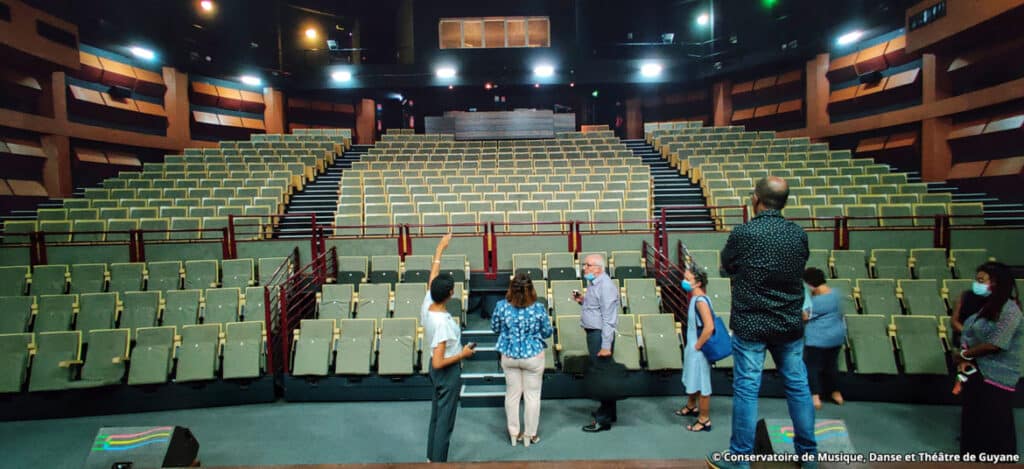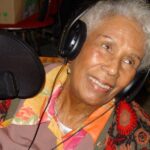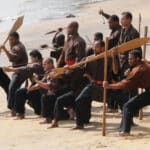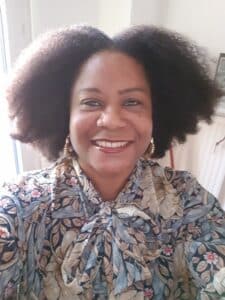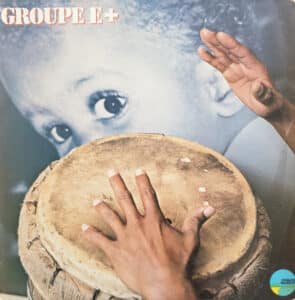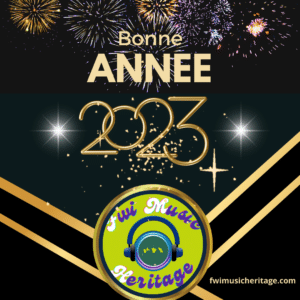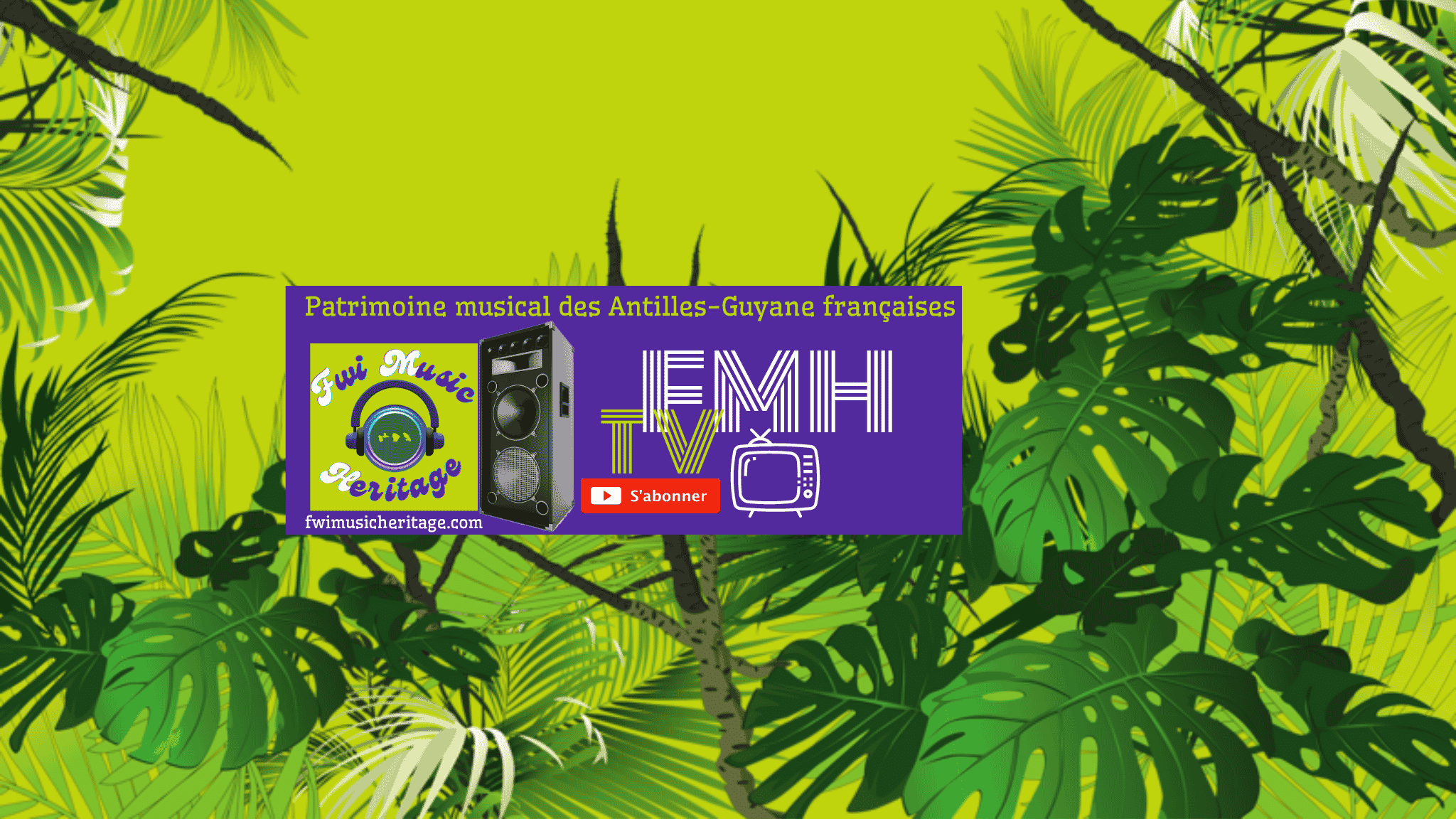The teaching of music in France is organized by public and private teaching structures, permanent, periodic or ad hoc. While initial education is intended to train amateur artists and an enlightened public, higher education is aimed at future professionals.
Conservatories
Continental France benefits from a strong national network of conservatories.
French conservatories provide initial and higher education in the disciplines of music, dance and dramatic art (theater) under the control of the Ministry of Culture.
There are three types of establishments:
• conservatories with municipal or inter-municipal influence (CRC),
• conservatories with departmental influence (CRD)
• and regional conservatories (CRR).
This classification is defined according to the nature and level of the provided lessons, of the teaching staff qualifications and participation of the establishment in local educational and cultural action.
There is in fact a 4th type, the Higher National Conservatory (CNS).
Created for the elite, there are only three:
• In Paris, the National Conservatory of Music and Dance of Paris (CNSMD) and the National Conservatory of Dramatic Art (CNSAD)
• in Lyon, the National Conservatory of Music and Dance of Lyon (CNSMD de Lyon.
Inequalities in the overseas territories
The French overseas are the poor relations of musical learning.
However, some areas are more privileged than others.
Reunion Island is the most blessed with the creation of a CRR (a conservatory with regional influence) in 1987.
The Pacific region is not to be outdone with the Conservatory of Music and Dance of New Caledonia (created in 1974) and the Artistic Conservatory of French Polynesia or existing CAPF since 1979, both with departmental influence.
On the Atlantic side, only French Guyana has been doing well so far.
The Conservatory of Music, Dance and Theater of French Guiana (CMDTG)


Since 1988, the territory has had a Conservatory of Music, Dance and Theater of French Guiana (CMDTG), a Public Establishment satellite of the Territorial Collectivity of French Guiana whose headquarters are located in Cayenne.
The CMDTG,classified Departmental Conservatory (CRD), offers a rich and diversified education to some 1,200 students mainly from the urban community of the center littoral (especially Cayenne, Rémire-Montjoly, Matoury and Macouria).
The CMDTG provides a specialized multidisciplinary education for which registered students engage in a course of study.
A tool for diploma training, giving students the opportunity to orient themselves towards a real cultural profession, the CMDTG constitutes, thanks in particular to its multiple orchestras and ensembles, a real local vector for the dissemination of music.
The establishment provides around thirty disciplines, supervised by around forty professors. Some disciplines are quite rare or even unique (traditional drumming, Afro-Caribbean, Afro-Amazonian popular music workshops, etc.).
In addition to general training (musical awakening, musical culture – analysis, writing in collaboration with the university) and collective instrumental practices (string ensembles, chamber and symphony orchestra, chamber music, combos, etc.) ), the CMDTG offers the practice of many instruments (woodwinds, brass, strings, percussion, keyboards and polyphonic instruments), and several disciplines in vocal art, traditional music, Jazz.
The Dance department (classical, modern-jazz, hip-hop and traditional: Creole and more recently aluku) as well as the Theater department complete the many musical possibilities.
Classes with adapted schedules (CHAM) "music" take charge of the general and musical education of the pupils. These specific classes are part of an agreement between the CMDTG and National Education. They apply to primary schools and colleges.
The CMDTG is also strongly committed to the animation of the city by the production of many shows and auditions, throughout the year.
Municipal School of Music and Dance of Kourou
In addition to this Departmental influence Conservatory (CRD), Guyana benefits from another structure, with municipal influence, that of the Municipal School of Music and Dance of Kourou .
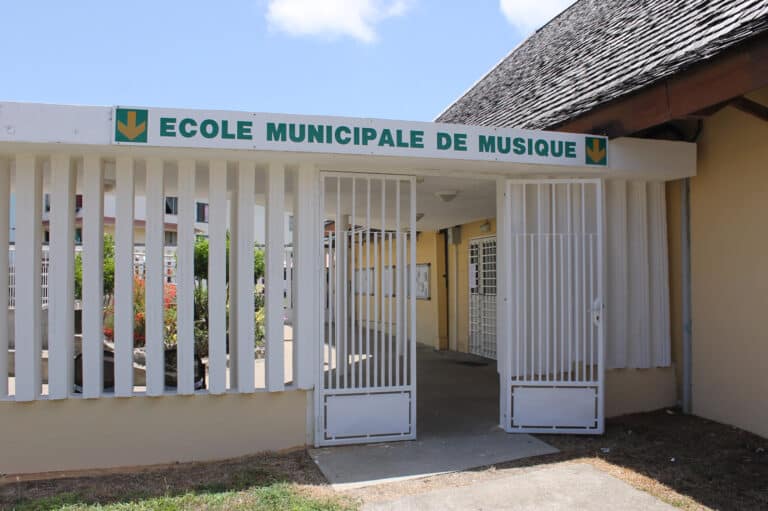

Guadeloupe and Martinique: Associative work and volunteering
Guadeloupe and Martinique were distinguished until now by a sidereal void in this area. Quite surprising, even contradictory when you know that of all the overseas territories, the music of these regions is the most popular nationally and internationally.
Consequently, artistic learning has long relied on private initiatives and associative devotions.
Fortunately, things seem to be moving.
Martinique: Lakou Sanblé sets the tone
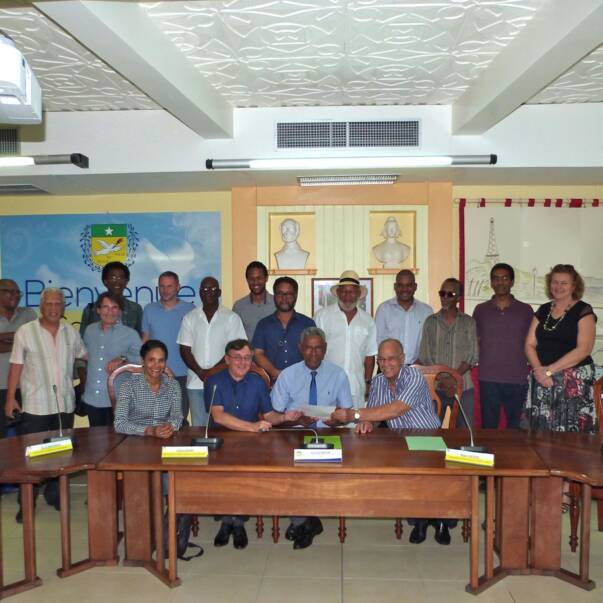

Multipurpose space for cultural and artistic expression created in 2010, Lakou Sanblé Matnik (LSM), is recognized by the Ministry of Culture on September 28, 2017 as a Conservatory with communal influence (Article L. 361-2 (*) of the Education Code).
This associative school, located in the town of Schoelcher, in the center of Martinique, is directed by the great musician Claude Césaire and Claude Banys.
It is is gradually structured over the years and its educational team is made up of artists involved in the process of transmitting Caribbean and European culture.
The name Lakou Sanblé Matnik evokes the gatherings that took place in the courtyards traditionally located in the center of small Creole huts.
It is in this spirit of sharing and collective that lies the originality of LMS: Collective Practices (playing in an orchestra – duo, trio, quartet, etc.)
The disciplines taught, other than the instruments are:
• Improvisation,
• harmony,
• Training of the musical ear,
• musical training.
Lessons taught:
piano, guitar, bass, wind instruments, singing, choir singing, violin, steel pan, harmonica, drums, tanbou ti-bwa, the Big Band, MAO (Computer Aided Music), plastic arts, and urban dances, contemporary afro, dance therapy…
Music from the local, Caribbean, traditional, international or jazz heritage is used as a learning medium.
Open to a wide audience: beginners, amateurs or pros (children from the age of 4, young people, adults, retirees).
The Martinican School of Arts Education (EMEA)
Lakou Sanblé Matnik represents the pedagogical base on which the next Martinican School of Arts Education (EMEA) is based, the objective of which is to decentralize education throughout the island.
Stage 1: Music
Stage 1 of the EMEA project is launched in plenary session on October 30, 2018 by the Territorial Collectivity of Martinique (CTM), for territorialization by networking territorial branches and a real partnership with Martinican arts education establishments living.
Priority is given to music with partnerships with music schools:
• Lakou Sanblé Matnik,
• the Musiques Plurielles school
• and the music and plastic arts school of Rivière-Pilote .
Stage 2: Dance
The project continues with the dance sector:
In the Center :
• Compagnie Art Monic – Lamentin
• La Maison rouge – Fort de France
In the north:
Faced with the disparities in the north, the lack of dance schools, it is proposed as a launch, a collaboration with the town hall of Saint-Pierre whose offices will be cultural spaces for teaching dance (school group and schools to be rehabilitated)…
• Partnership with the cultural center of the CTM, Habitation GRADIS, in Basse-Pointe, which will allow teachers to provide lessons, facilitate access to teaching in decentralized sites or branches and take into account the disparities of the north.
• Partnership with the house of the Bèlè of Sainte-Marie,
In the south:
• Contemp' Danse in Marin and in Sainte-Luce,
• The Korzemo school in Ducos .
The disciplines or artistic practices offered by dance schools and companies are:
• Classical dance,
• Contemporary dance,
• Traditional dance from 4 to over 50 years old.
Stage 3: Theater
On April 15, 2021, the executive council validated the principle of launching the theater sector and extending the system to other municipalities.
En tant que Scène Nationale, Tropiques Atrium propose une formation complète théâtre professionnel.
Ainsi les élèves sont préparés à entrer dans de grandes écoles (conservatoire de Paris, Strasbourg…) et ont un taux de réussite important au concours d’entrée.
Ils pourront exercer au métier de professeur de théâtre plus tard.
As part of the extension, the community has decided to support the following partners:
• Tropiques Atrium
• The City of Lorrain
• The Town of François
• The Town of Morne-Rouge
• The Town of Sainte-Anne
• The City of Fort-de-France
• The City of Rivière-Salée
• The City of Sainte-Luce
• The City of Ducos
• The Collège Asselin de Beauville de Ducos
• The dance and music schools as part of
the extension
• The Compagnie Entrenou association
• The Intensive dance courses and bèlè workshop association (youth, adults, retirees).
End of October 2021: The Martinican Local Authority (CTM) finally gets started
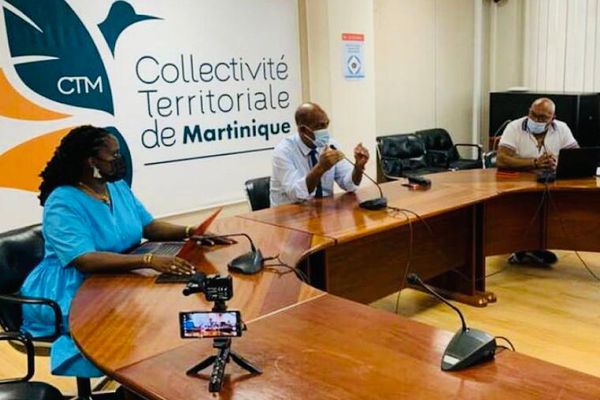

On October 19, 2021, the Territorial Collectivity of Martinique (CTM) officially launches the project of "Conservatory of Music and Arts of Martinique".
A diverse team of professionals


The team in charge of the implementation of this Conservatory is revealed.
Composed of artists, cultural and training actors, it includes:
• Jocelyne Béroard (songwriter and singer of the group Kassav),
• Christian Boutant (ex-director of SACEM, creator of the Biguine-jazz festival),
• Thomas Raso (violin teacher, from the Haute École des Arts du Rhin),
• Marc Cabréra (piano teacher, former student at the Lyon conservatory),
• Karine Varasse (training engineering consultant),
• Valérie Lacognata (director of the Rouen Conservatory),
The coordination of this implementation team is entrusted to multi-instrumentalist Ronald Tulle (author, composer, arranger and pianist).
End of December 2021: Timid progress of Guadeloupe


There is no question yet for Guadeloupe to announce the creation of a conservatory. However, there too, things are moving.
First with the creation of a future Regional Center for Traditional Music and Dance (CRMDT).
At the end of December 2021, the Regional Council of Guadeloupe bought the house "Aka Jaklyn" belonging to Jacqueline Cachemire-Thôle, famous dancer and teacher of Gwo ka and her husband Yves Thôle, famous master Ka.
The "Aka Jaklyn" house is also headquarters of L'Akadémiduka, a school of traditional dances and music.
Located in Besson, in Le Gosier, the house has become over the years a real temple of music, dance and a reserve housing many collections of traditional objects.
It will be redeveloped to become an interdisciplinary center that can accommodate schools and tourists.
Created in 1985 by Yves Thôle and Jacqueline Cachemire-Thôle, Akadémiduka is now directed by Nadia Pater.
Known for its work around Guadeloupe's cultural heritage and its vitality in the field of amateur artistic practices, the Akadémiduka offers courses for all ages, from the early learning garden from 3 years old to the Douka for seniors.
MORE INFORMATION
FRENCH GUYANA
Conservatory of Music, Dance and Theater of Guyana (CMDTG)
Municipal School of Music and Dance of Kourou
GUADELOUPE
MARTINIQUE
REUNION ISLAND
NEW CALEDONIA
Conservatory of Music and Dance of New Caledonia
TAHITI
